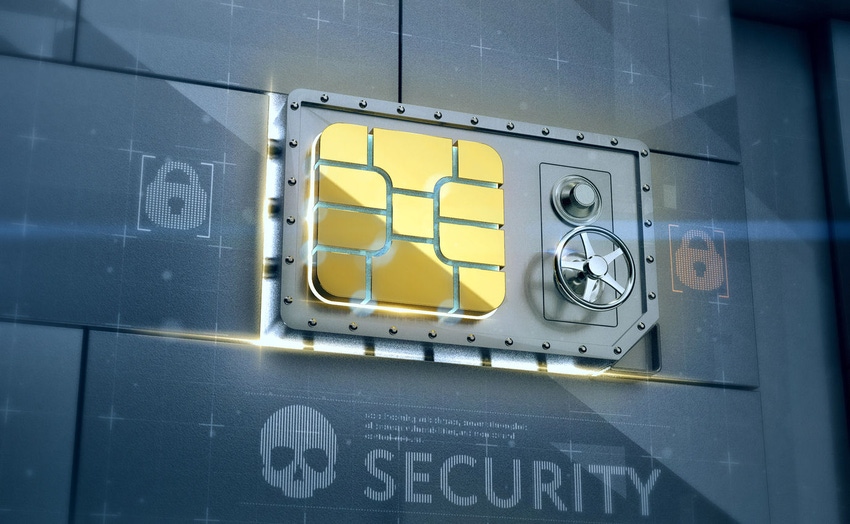With Huawei facing scrutiny over its alleged ties to the Chinese Government, it will only be a matter of time before ZTE faces the same questions considering its own, complex ownership structure.
July 10, 2019

With Huawei facing scrutiny over its alleged ties to the Chinese Government, it will only be a matter of time before ZTE faces the same questions considering its own, complex ownership structure.
Taking a page from the Huawei playbook, ZTE has officially opened its European Cybersecurity Centre in Brussels, Belgium. The lab will open its doors to current and potential customers, as well as national regulators, to access the external security verification of ZTE’s products, services and processes.
As with the Huawei Cybersecurity Centre, this is a transparency mission to improve the perception of the vendor at a time where Chinese firms are facing increasing scrutiny in the international arena.
“ZTE’s original intention of the Cybersecurity Lab Europe is to provide global customers, regulators and other stakeholders with great transparency by means of verification and communication,” said Zhong Hong, ZTE’s Chief Security Officer.
“The security for the ICT industry cannot be guarded by one sole vendor, or by one sole telecoms operator. ZTE is willing to play an important role in contributing to the industry’s security along with its customers and all other stakeholders.”
Although ZTE has largely managed to avoid criticism from the US in recent months, which has predominately been centred around collusion with the Chinese Government, it is surely only a matter of time. The complex ownership structure of ZTE has direct ties back to the Government, much more noticeable than the tenuous link at Huawei which has been presented countless times.
ZTE is owned by Xi’an Microelectronics (34%), Aerospace Guangyu (14.5%), Zhongxing WXT (49%) and Guoxing Ruike (2.5%). Xi’an Microelectronics a subsidiary of China Academy of Aerospace Electronics Technology, while Aerospace Guangyu is a subsidiary of CASIC Shenzhen Group; both groups are state-owned enterprise and responsible for nominating 5 of the 9 Directors of ZTE.
ZTE clearly has more of a direct link to the Chinese Government, though it has seemingly avoided the spotlight thus far as it does not have the same market share in the network infrastructure market as Huawei.
According to the Dell’Oro Group, ZTE featured in the top seven network infrastructure equipment vendors worldwide, alongside Huawei, Nokia, Ericsson, Cisco, Ciena and Samsung, with the group accounting for roughly 80% of global market share. Huawei is leading the rankings by some margin, though over the course of 2018, ZTE’s share dropped by two percentage points to 8% global market share.
That said, it does have some significant customers in Europe. Wind Tre in Italy is supposedly one of the biggest customers of the firm, perhaps explaining its 5G research centre being located in L’Aquila, about 100km north of Rome. Elsewhere, ZTE has signed MOUs with Hutchison Drei Austria, Portugal Telecom and Telefonica in recent years. ZTE might not attract the headlines Huawei does, but it has an established presence in 15 countries throughout Europe.
Perhaps the saving grace for ZTE in recent months has been it operates in markets the US isn’t that bothered about. The Trump administration seems to be very selective when it levels its national security concerns at allies, focusing primarily on the more prosperous economies.
ZTE has already been the focal point of a number of different scandals including bribery and violation of US trade sanctions, and it seems it will only be a matter of time before government collusion is thrown on the table again, especially if it starts making progress in the market share league. It seems this cybersecurity centre focused on transparency is an effort to get ahead of the game.
About the Author(s)
You May Also Like







.png?width=300&auto=webp&quality=80&disable=upscale)

.png?width=300&auto=webp&quality=80&disable=upscale)
_1.jpg?width=300&auto=webp&quality=80&disable=upscale)



.png?width=800&auto=webp&quality=80&disable=upscale)